In the ever-shifting landscape of video game development, the label “indie” has become a malleable concept—more a marketing buzzword or badge of authenticity than a strict classification. The recent controversy surrounding Dave The Diver exemplifies this fuzziness. Is a game truly independent if it’s backed by a major publisher like Nexon? Does a small team or distinctive art style automatically bestow indie status? The core problem isn’t the label itself but the deeper implications of how the industry conceives of creativity and authenticity.
In truth, the idea of independence has been commodified and co-opted. When a game such as Dave The Diver, developed on a modest team, receives recognition as an “independent game,” it reveals how loosely the term is being applied. The controversy underscores a broader industry tendency to conflate production scale, funding sources, and artistic style with genuine independence. This blurred boundary confuses consumers, creators, and critics alike, fostering an environment where a game’s pedigree—or perceived authenticity—becomes more important than its substance.
The core issue revolves around the commercialization of the indie identity. Smaller teams and more experimental approaches do not inherently translate to creative freedom, especially when large corporations fund, influence, or market these projects. Nexon’s involvement in Dave The Diver demonstrates how a title can enjoy the benefits of visibility and innovation without surrendering to commercial pressures that often silence genuine indie spirit. This mislabeling risks diluting the concept of indie games, diverting attention from authentic artistic endeavor to superficial categorization.
The Myth of Artistic Purity and the Industry’s Double Standards
The industry’s obsession with labels like “indie” reveals a paradox: it romanticizes small-scale, artistic authenticity while simultaneously embedding itself in the machinery of giant corporations. Once a small developer garners recognition, they often find themselves under a scrutinizing spotlight—are they truly indie, or just a small cog in a bigger machine? This duality perpetuates a half-truth: authenticity is sacrificed for perception.
The case of Dave The Diver further illustrates this point. Despite the director Jaeho Hwang’s candid remarks—that the game was not intended to feel indie and that they didn’t actively seek the label—the media and community sometimes dissect the game’s origins and funding to fit a narrative. Industry awards like The Game Awards add fuel to this fire, with their nomination system—untouched by developers’ input—culminating in categories that sometimes seem more about marketing and industry politics than genuine recognition of independent artistry.
This creates a false dichotomy: a game with big backing can still appear “independent” in style or gameplay, while truly independent projects with limited resources struggle for recognition in a system obsessed with spectacle and brand prestige. Authentic creative freedom is secondary; instead, survival often hinges on marketing strategies and naming biases that distort public perception.
Creative Integrity versus Industry Labels
The key to understanding this ongoing confusion lies in the disconnect between creative integrity and industry labels. Indie developers often pursue artistic vision unencumbered by corporate mandates, leading to innovation and fresh ideas. Yet labels tend to oversimplify this complex reality, reducing it to a binary of “indie” or “not indie.” This oversimplification can be detrimental, encouraging the industry to reward superficial indie aesthetics while ignoring the larger structural realities.
From a conservative standpoint, it’s frustrating how industry trends and awards can distort genuine artistic expression. It’s not merely about who funds a game but whether the developers retain control over their vision. When large corporations claim the indie mantle or the industry blurs boundaries, it erodes the cultural value of true independence. In the end, it’s about preserving the integrity of creative freedom against the encroachment of commercial interests disguised as authenticity.
Choosing to support genuinely independent projects should be based on the narrative of creative control, innovative risk-taking, and authentic artistic expression—not on superficial labels or funding sources. Recognizing these nuances helps foster an environment where true independence can flourish—not as a marketing gimmick but as a reflection of dedication to artistic integrity.
The debate over Dave The Diver and similar titles reveals much about how the modern industry commodifies the concept of independence. True creative freedom isn’t measured purely by funding, studio size, or aesthetic, but by the degree of authentic control developers have over their work. As consumers, critics, and industry players, we need to challenge the superficial labels that threaten to diminish genuine artistry.
In the broader perspective, the industry must cultivate a culture that values integrity over marketing buzzwords. Only then can the essence of what makes a game truly independent be preserved and appreciated, making the label meaningful again rather than a hollow marketing phrase. The pursuit of artistic authenticity should remain paramount, regardless of how the industry seeks to categorize or commercialize it.
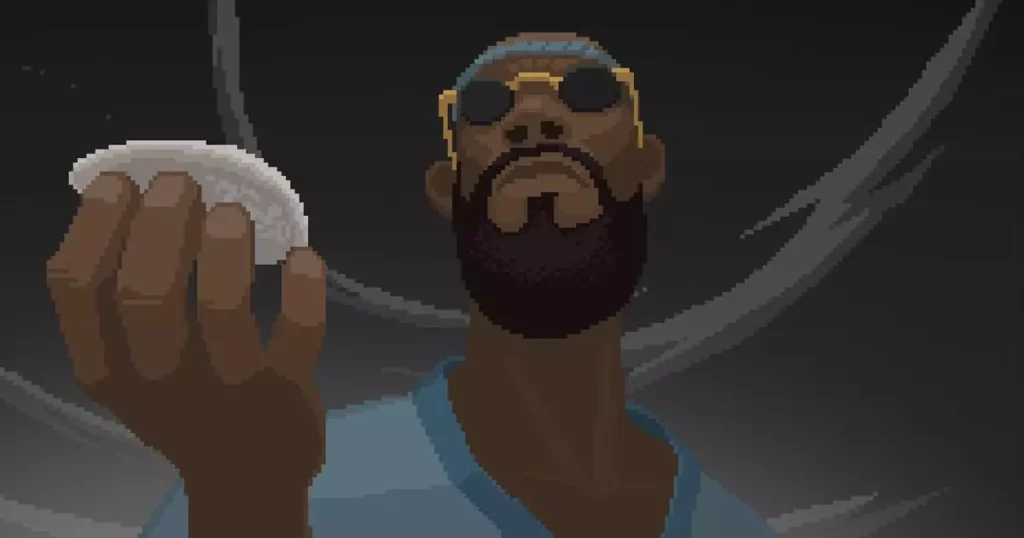
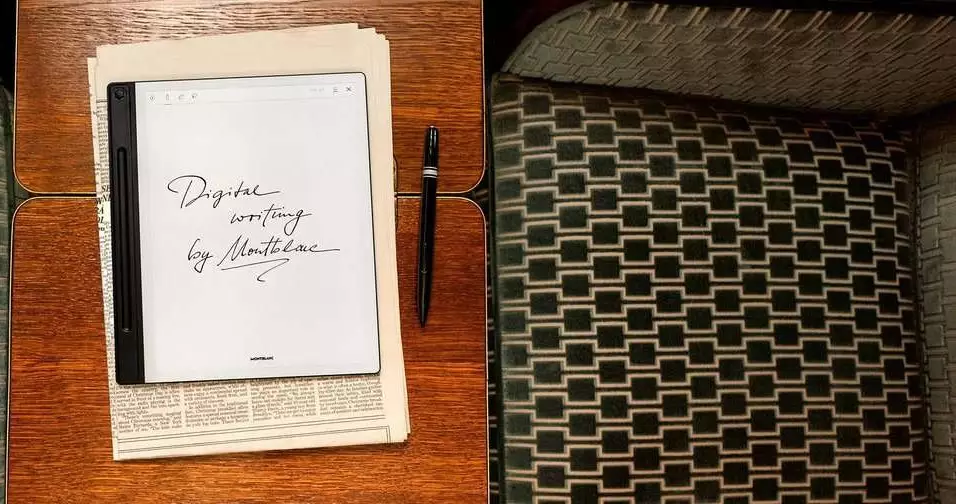
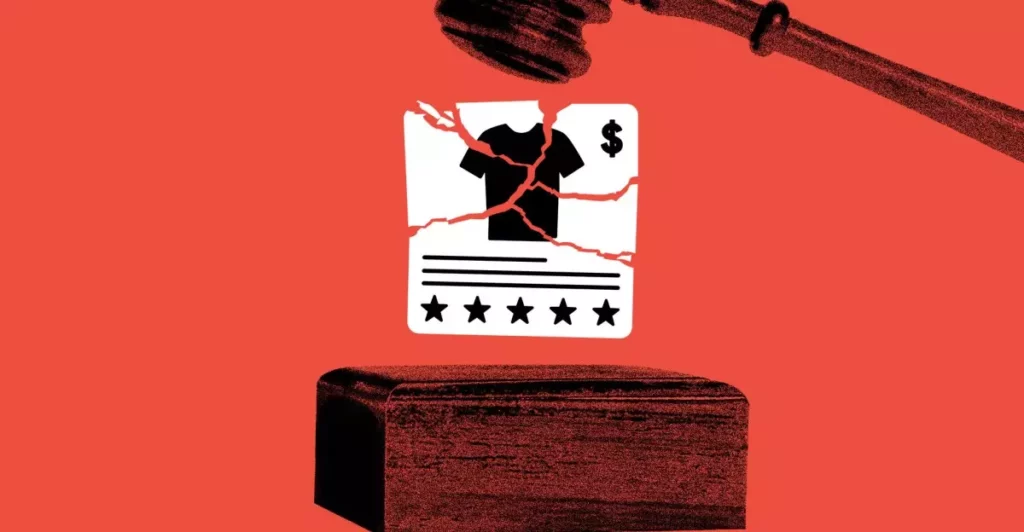

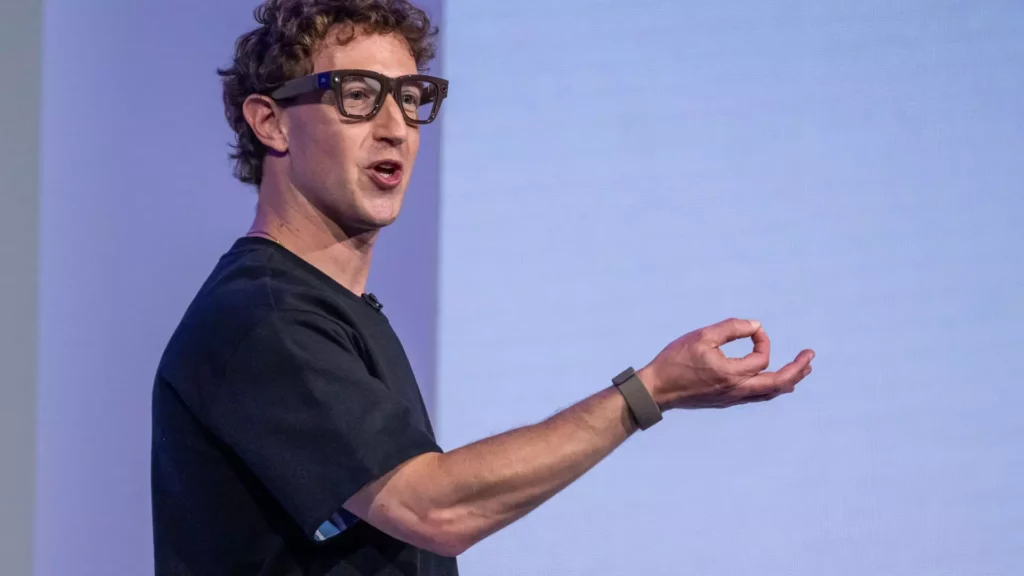

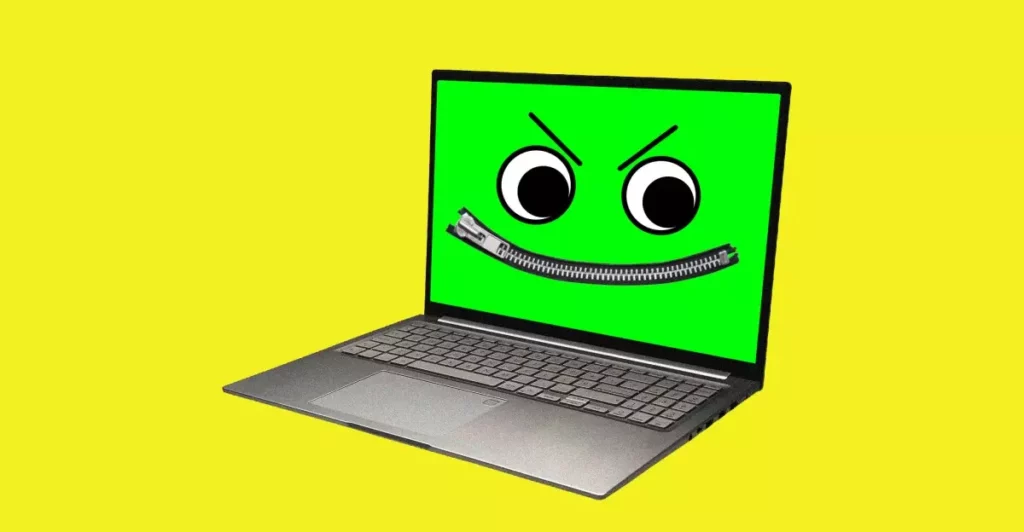
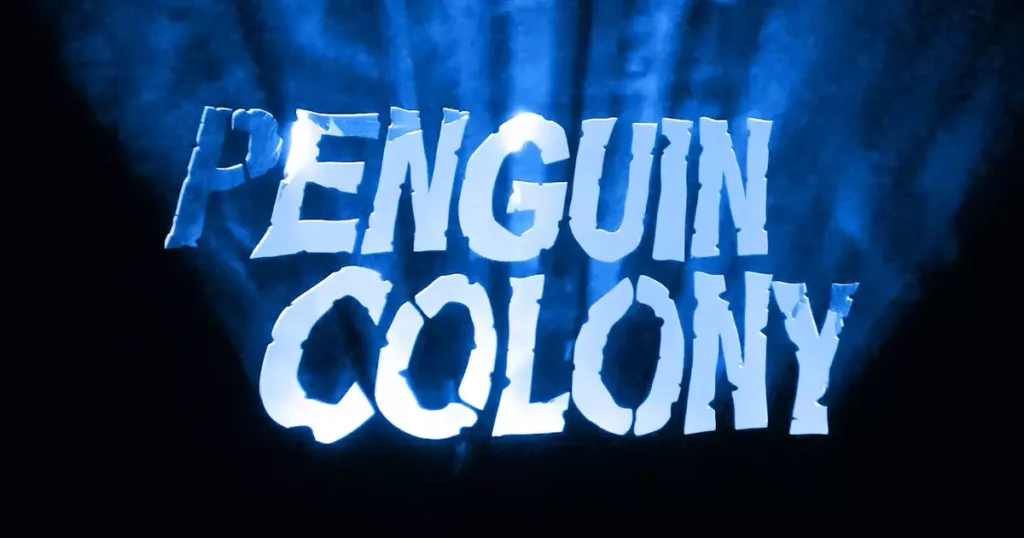
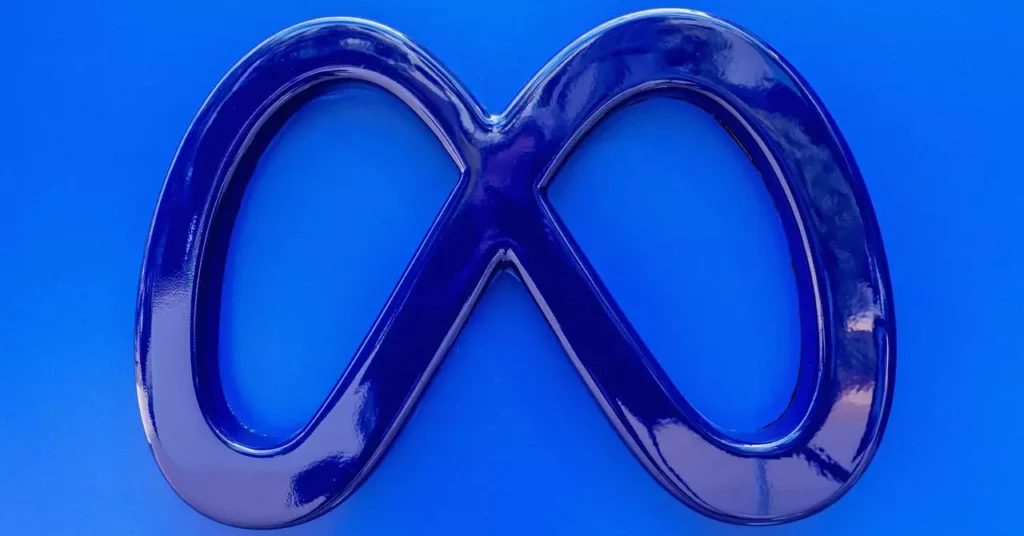
Leave a Reply